How to avoid a crisis of ownership
Several legal spats have recently drawn attention to arguments between prominent social media users and their former employers in which both argue that they have rights to the followers and contacts gained via said accounts.
On one hand, the accounts of employees are their own, where they connect with friends, family and associates. On the other hand, the personal accounts of many businesspeople today also become marketing engines where company content is regularly promoted, and may interact with customers, clients and vendors more than the official @CompanyName twitter account ever does.
The experts say…
In a recent article, InfoWorld’s Zach Miners spoke with experts on the topic, and offered up some crucial advice:
Determining what makes an account personal versus professional is tricky in an age of near-constant social networking, said Archie of Latham & Watkins.
“People’s professional work often bleeds over into their personal time thanks to the interconnectedness of mobile devices, and that’s only one way ownership disputes can arise,” Archie said.
Facebook and LinkedIn each said via email that their official stance is that users own their accounts. Twitter’s terms of service say its users own all the content they post to its site.
Because the dividing line between personal and professional is so blurry and varies with the job, the best way for employers to avoid legal disputes is to craft clear policies about how employees should use social media, and what happens to an account when an employee leaves the company.
Because social media is still very much growing and evolving, there really is no established set of standards, and that’s why setting these policies is absolutely critical to avoiding trouble.
Preventing problems
As part of your ongoing crisis management efforts, prepare specific policies for all aspects of social media, from ownership and promotional use, to whether they can make personal posts from work, to exactly what topics are OK to discuss online, as well as which are totally off-limits.
This isn’t a “set it and forget it” policy either. The ways we use social media are changing by the day, and we’d suggest taking a regular look back at the rulebook and considering what changes or additions are required.
As with any sort of policy, it’s not going to do any good if it’s just one more sheet in the stack of new hire paperwork. Enforce mandatory training when its introduced, and take the steps necessary to impress its importance on anyone joining the organization.
Legal leanings may change, but if you have clear policy agreements and can prove everyone has been trained accordingly then both employer and employee will know what to expect and, if desired, can change their social media use accordingly.
——————————-
For more resources, see the Free Management Library topic: Crisis Management
——————————-
[Jonathan Bernstein is president of Bernstein Crisis Management, Inc., an international crisis management consultancy, author of Manager’s Guide to Crisis Management and Keeping the Wolves at Bay – Media Training. Erik Bernstein is Social Media Manager for the firm, and also editor of its newsletter, Crisis Manager]













